Hope is Not a Strategy: Key Concepts to Prevent Project Failure
Length: In-person class – 1 day
Overview:
This 1-day course in real-world project management is perfect for people who:
- need a quick start for projects and/or get projects back on track
- want easy to use tools that can make an immediate impact
- are too busy to learn the details of project management
In this course, you will learn about the 7 reasons projects fail and what you can do to prevent them. You will understand the key project management tools and techniques as well as key process steps to help prevent problems before they happen and better manage your time so you can get more stuff done. If you feel like you don’t have enough time, losing control and are making it up as you go along, you need this one day of training to start managing your projects the RIGHT way!
Pre-requisites: Experience working on small projects is useful.
Skill Level: Basic
Audience: Beginner Project Managers, Team Members, Coordinators
PDUs: 7 training hours
Format:
To help assimilate the tools and techniques learned, there is a mixture of individual and team exercises throughout the course. A lively role-play and case study help reinforce the concepts learned. Students can expect a high-level of participation. Each student will receive a comprehensive student guide.
Course Objectives:
- Acquire a quick start on the fundamentals of project management
- Learn key PM techniques that can be implemented immediately on all projects
- Preventing the 7 most common issues in managing projects
- Understand and apply the 4 key steps of Project Management
- Learn standard project management terminology to improve your communication and credibility
Content:
#1 Problem on Projects: Communications
- Preventing the #1 Problem on Projects: Communications
Defining the project
- Prioritizing one project over another
- What are we managing?
- What is a project success?
Roles and responsibilities are not clearly defined
- What is a Project Manager?
- Identifying Stakeholders
Incomplete planning and estimating
- Understand and apply the 4 key steps of Project Management
Requirements are not clearly defined
- Product Scope: AKA product requirements
Scope is not defined and managed
- Project Scope: Work to produce the product, managing change
Lack of buy-in
- Sponsors, customers, etc.
Understand and apply the 4 key steps of Project Management
Initiating: How to Prevent Problems before You Even Get Started
- What is project success?
- Understanding business and project context
- Reviewing the purpose of a project charter
- Identifying Stakeholders roles and responsibilities
- Project Scope: Work to produce the product
- Product Scope: AKA product requirements or product description
Planning: Getting Organized with a PM Plan
- Scope Statement
- Determine What Needs to Be Done—The WBS
- Estimate Time and Cost
- Creating a milestone schedule
- Preventing the #1 Problem on Projects: Communications
Executing: Getting the work done and managing change
Closing: Completing and evaluating the project
NOTE: This outline is subject to change.
